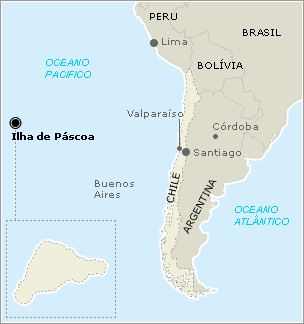This is the third in a series of
seven articles on your seven chakras, after the First
Chakra and the Second
Chakra.
Before we jump into the specifics of the Third Chakra, it is helpful to step back and understand some important principles about chakras in general.
Our chakras are part of how we are designed as humans. We are all united by the fact that we have chakras and chakras behave the same way for all of us. The better you understand your chakras, the better you will be able to notice when things are out of balance and do something to bring them back into balance. Chakras are collecting pools of subtle energy and subtle energy is by nature very sensitive to mental, emotional, physical and spiritual inputs.
It is very easy for chakras to get out of balance. In fact you can pretty much guarantee that your average day will contain multiple things that will put your chakras out of balance. The good news is that it is also very easy to do simple thing each day to bring them back into balance if you know what to do. Doing simple things each day to help restore your chakras to their proper balance is what these articles are designed to help you do.
The Third Chakra
The Third Chakra is sometimes called the Solar Plexus Chakra. It is located along your spine about two to three inches above your belly button.
It deals with issues of willpower, ambition and action and is weakened by all forms of shame, embarrassment and self-consciousness. Physically, it supports your liver, pancreas, gallbladder, stomach and spleen.
Five Signs Your Third Chakra is Weak
1. You see yourself as powerless compared to some and powerful compared to others. This may show up in being overly submissive in some situations and a tyrant in others.
2. You have lots of different ways of shaming yourself and frequently feel embarrassed by imagining what other people think about you. It’s not so much that you’re afraid to fail; it’s more that you’re afraid to appear to others to be a failure.
3. You see the future as full of danger and you also see change as a threat, so you play it safe and try to protect what you think you have.
4. You are highly goal oriented and get your sense of meaning and purpose by your list of accomplishments. If you are not accomplishing something bigger and better, you feel like a failure. You are generally highly stressed and often comment to others how stressed and busy you are as a badge of honor.
5. You experience any of the following physical symptoms on a frequent or chronic basis: digestive problems, ulcers, liver problems, gallstones, pancreas disorders such as diabetes or hypoglycemia.
Five Things You Can Do To Strengthen Your Third Chakra
1. Reflection
Reflect on gardening. Notice what your proper role is as a gardener in growing life. It is a partnership between you and Life. There is only so much you can do and most of it is done by Life. It’s probably about 1% you and 99% Life; and yet without your 1% nothing but weeds would grow. Apply this to your life and your goals and projects and everything you are taking on that is causing you to feel stressed and trust Life more and relax and just refocus on what your 1% role is.
1. Redefinition
Focus less on accomplishment and more on contribution. Accomplishment is what makes the ego feel valued. Contribution is what the soul is designed to do. Accomplishment is completely attached to outcome whereas contribution is not attached to outcome but is a reward in and of itself.
3. Sound Vibration
Intone the “ah” vowel sound and feel the vibration in your solar plexus area as you hold out the sound and imagine a bright yellow sun radiating from your solar plexus and sending healing and balancing energy to the vital organs supported by your Third Chakra.
4. Chakra Breath
Do the “Breath of Fire.” The Breath of Fire is a rapid breath through the nose into the solar plexus. Two cycles per second is about the right speed. In out, in out in one second. Originate the muscle pumping movement from your solar plexus and let the breath just come in and out by itself. Do this for one minute whenever you are feeling low energy and it will recharge you.




